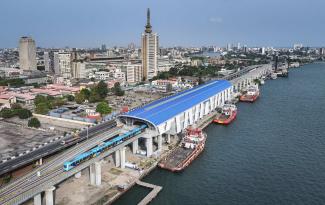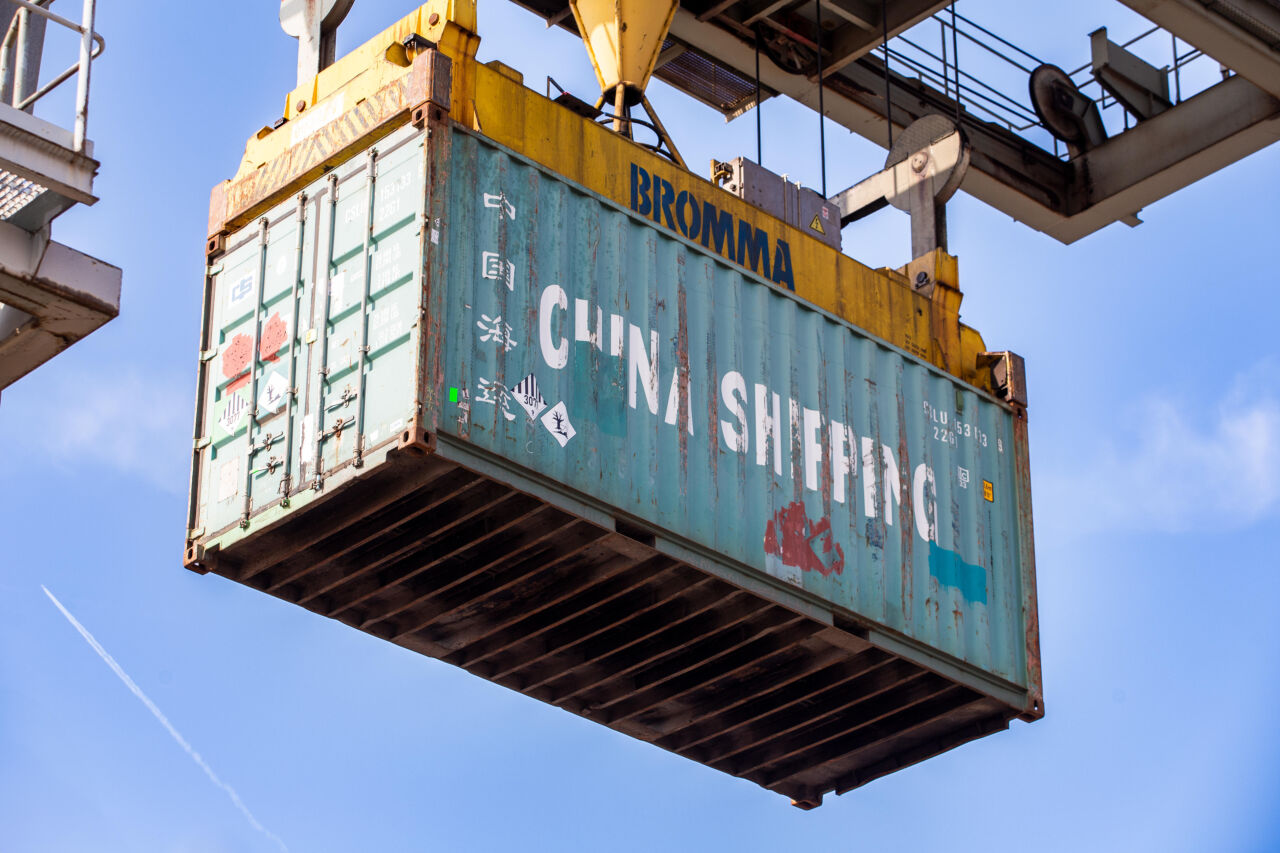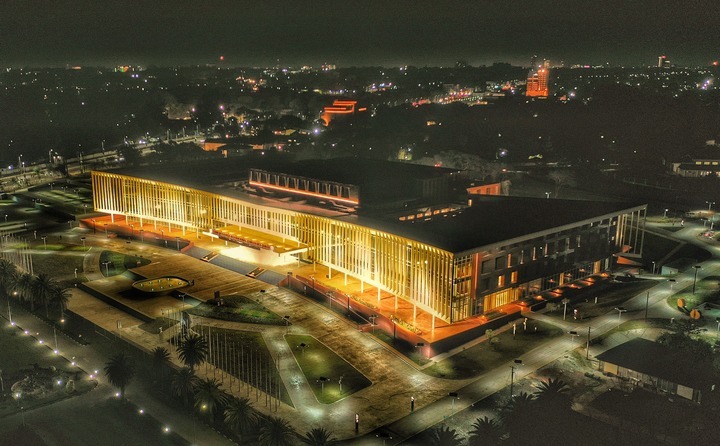Development strategies
Not a blueprint

More than 150 countries and 30 international organisations have signed cooperation agreements under the BRI. In his opening speech at the third Belt and Road Forum in Beijing last October, China’s President Xi Jinping described the BRI as a win-win project, arguing that all participants benefit. What he did not say was that China has significantly reduced funding in light of the Covid-19 pandemic and many countries’ growing sovereign debt problems.
With a shift in focus, the Chinese government now wants to reenergise the BRI.
Xi spoke of transitioning to smaller and more effective projects. He emphasised green development, but also science, technology and innovation.
At the end of the conference, Xi pledged over $ 100 billion in additional funding – something that many debt-ridden countries had hoped for. China is already one of the largest providers of loans to low-income countries.
The Global Development Policy Centre of Boston University has published a nuanced appraisal of the BRI’s first ten years. The report highlights the benefits of additional funding for low-income countries, substantial economic growth and the establishment of a new model of South-South cooperation. At the same time, it warns of growing risks regarding both over-indebtedness and the environment (increase in carbon emissions, air pollution, threats to biodiversity and the land of indigenous peoples).
These risks reflect the high environmental price that China itself paid for its development in the past four decades: rivers, lakes and seas contaminated with waste, air pollution, massive increases in greenhouse-gas emissions and toxically contaminated soils.
Copy and paste?
It is not sure that the Chinese development model will work in other countries. China was able to attract foreign investors thanks to its huge domestic market. Moreover, it invested heavily in infrastructure with an eye to driving production and industrialisation. The Communist regime assessed policy results objectively, largely avoiding the favouritism typical of dictatorships. To a considerable extent, it even established institutions to guarantee legal certainty to market players.
Whether the experiences of the People’s Republic are transferable is an issue that figures in inner-Chinese debate. Shi Yinhong, a foreign-policy expert at Beijing’s Renmin University, warned last year that China should not believe that its infrastructure development model would be welcome – or indeed practicable – in every country around the world. He also stressed the need for BRI projects to be financially viable in the long term. China’s financial resources are insufficient, according to Shi, for supporting a host of loss-making projects.
From the western perspective, such warnings can be read as an appeal for China to take established economic powers’ experience in international development seriously. Western countries also originally focused on rapid infrastructure development without paying much attention to local specifics or long-term financial viability. That they now consider these and other matters of governance to be important is the result of a long history of failed projects.
Matthias von Hein is a sinologist and journalist.
von.hein.media@gmail.com












